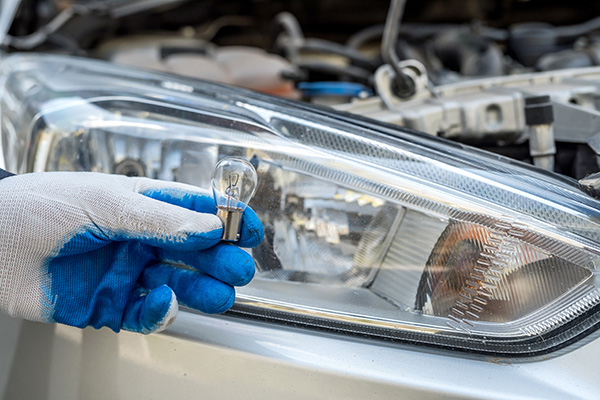Posted on 12/19/2025
%20copy.jpg)
Unexpected car bills have a way of showing up at the worst possible time. One month everything seems fine, the next month you are staring at a big estimate and wondering how you will squeeze it into your budget. The good news is that most of those “surprise” expenses are predictable once you know what your car usually needs in a year. Why Car Costs Feel Like They Come Out of Nowhere Most drivers think in terms of gas and maybe an oil change or two. Tires, brakes, fluids, and bigger services live in the background until something wears all the way out. Shops see the same pattern every year. People delay maintenance because the car still feels okay, then several items land at once and the bill looks huge. Another reason it feels so random is that maintenance does not follow your paycheck schedule. You might go three months with no shop visit, then get hit with tires and brakes in the same week. Budgeting is really about smoothing that out so the money is s ... read more
Posted on 11/28/2025

Wheel alignment keeps steering stable, tires wearing evenly, and driver assist features behaving as designed. Still, a lot of advice about alignments is outdated or just plain wrong. Let’s clear up the most common myths so you know when an alignment truly protects your car and budget. 1. “Alignment Is Only for Cars That Pull.” A steady pull is one symptom, not the only one. Slight toe errors can shave rubber off the inner or outer shoulders without any obvious drift. You may notice a faint steering wheel tilt, light feathering across the tread, or a car that feels “busy” on straight roads. Catching small angle changes early prevents premature tire replacement. 2. “You Only Need an Alignment After a Big Hit.” Curb strikes and potholes can definitely bend things, but normal wear moves angles too. Rubber bushings relax with age, springs settle, and tie-rod ball sockets develop tiny amounts of play. Even a fre ... read more
Posted on 10/31/2025

Are you replacing your headlight bulbs more often than seems normal? Many drivers run into this frustrating problem, thinking it’s just bad luck or poor-quality bulbs. But in most cases, rapid headlight burnout has an underlying cause. Understanding what’s really going on can help you fix the issue and stop going through new bulbs every few months. Common Causes of Frequent Headlight Burnouts There’s rarely a single reason headlights fail early. Several factors can shorten bulb life, especially when combined. Here are some of the most common culprits: High voltage levels Modern vehicles regulate voltage through the alternator and electrical system. If your car is pushing more voltage than it should, even slightly, it can overheat the filament inside the bulb and reduce its lifespan. Improper installation If the glass part of the bulb is touched during installation, oil from your fingers can create hot spots. These ... read more